Search
Search Results

Image
Aztec Double-Headed Serpent (Detail)
A detail of the celebrated Aztec double-headed serpent. It is made from wood covered in turquoise mosaic, spondylus (red) and conch (white) shell. The eyes would have been rendered with inlay, probably of iron pyrite. The piece is believed...
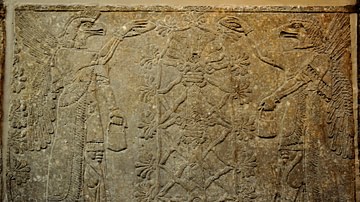
Image
Eagle-Headed Apkallus Flanking the Sacred Tree
Alabaster bas-relief of eagle-headed Apkallus flanking the sacred tree. Neo-Assyrian Period, 865-860 BCE. Room I, the North-West Palace at Nimrud, modern-day Iraq. (The British Museum, London)
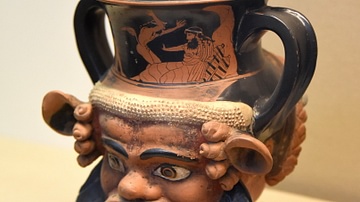
Image
Double-Headed Red-Figured Kantharos
The moulded heads of a satyr and of a woman are joined back-to-back on this kantharos (drinking cup). Drinking from it, the (male) symposiast would have found himself confronted with 2 different images that represent opposites of himself...

Image
Eagle-Headed Protective Spirit
Detail of the head of an Assyrian protective spirit with the head of an eagle, found in the temple of Ninurta at Kalhu (Nimrud), c. 865-860 BCE.
The British Museum, London.
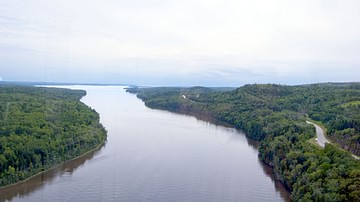
Article
Origin Tales of the Penobscot Nation
The Penobscot are a Native American nation of the modern-day State of Maine, also recognized as a First Nation of Canada. Along with the Abenaki, Mi'kmaq, Passamaquoddy, and Wolastoqiyik, they form the Wabanaki Confederacy. Their origin tales...

Image
Minoan Double Axes
Gold votive double axes, New Palace period (1600-1450 BCE), Heraklion Archaeological Museum, Crete.
The double axe, also known as 'labrys', may be the origin of the labyrinth myth of Knossos.

Image
Aztec Eagle Warrior
An almost life-size terracotta Aztec Eagle Warrior, one of the elite warrior groups in the Aztec military. 13-15th century CE, from Tenochtitlan. (National Museum of Anthropology, Mexico City)
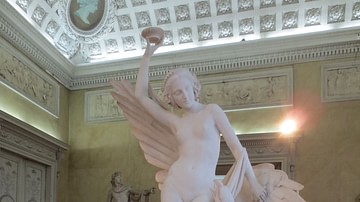
Image
Hebe & the Eagle of Jupiter
Hebe and the Eagle of Jupiter, by sculptors François Rude and Paul Cabet, 1852-1857.
Dijon Museum of Fine Arts.

Image
The Eagle Tower, Caernarfon Castle
The Eagle Tower of Caernarfon Castle, Wales. The castle was built by Edward I of England from 1283 to 1330 CE.
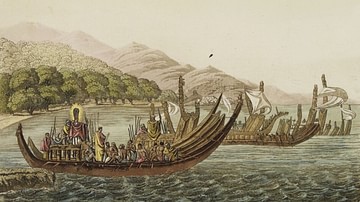
Image
Tahitian Double-Hulled War Canoe
Tahitian Double-Hulled War Canoe or Pahi by Giulio Ferrario (1767-1847 CE). From an engraving published in 1827 CE.